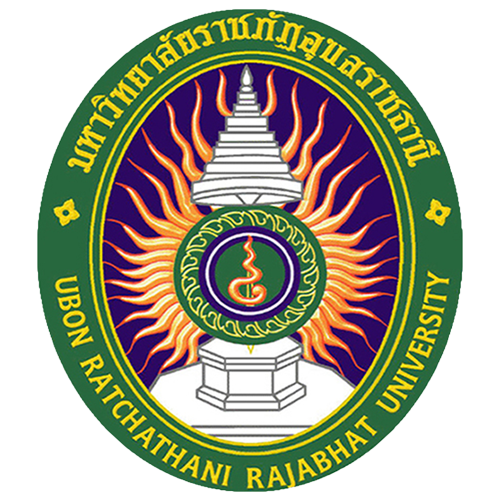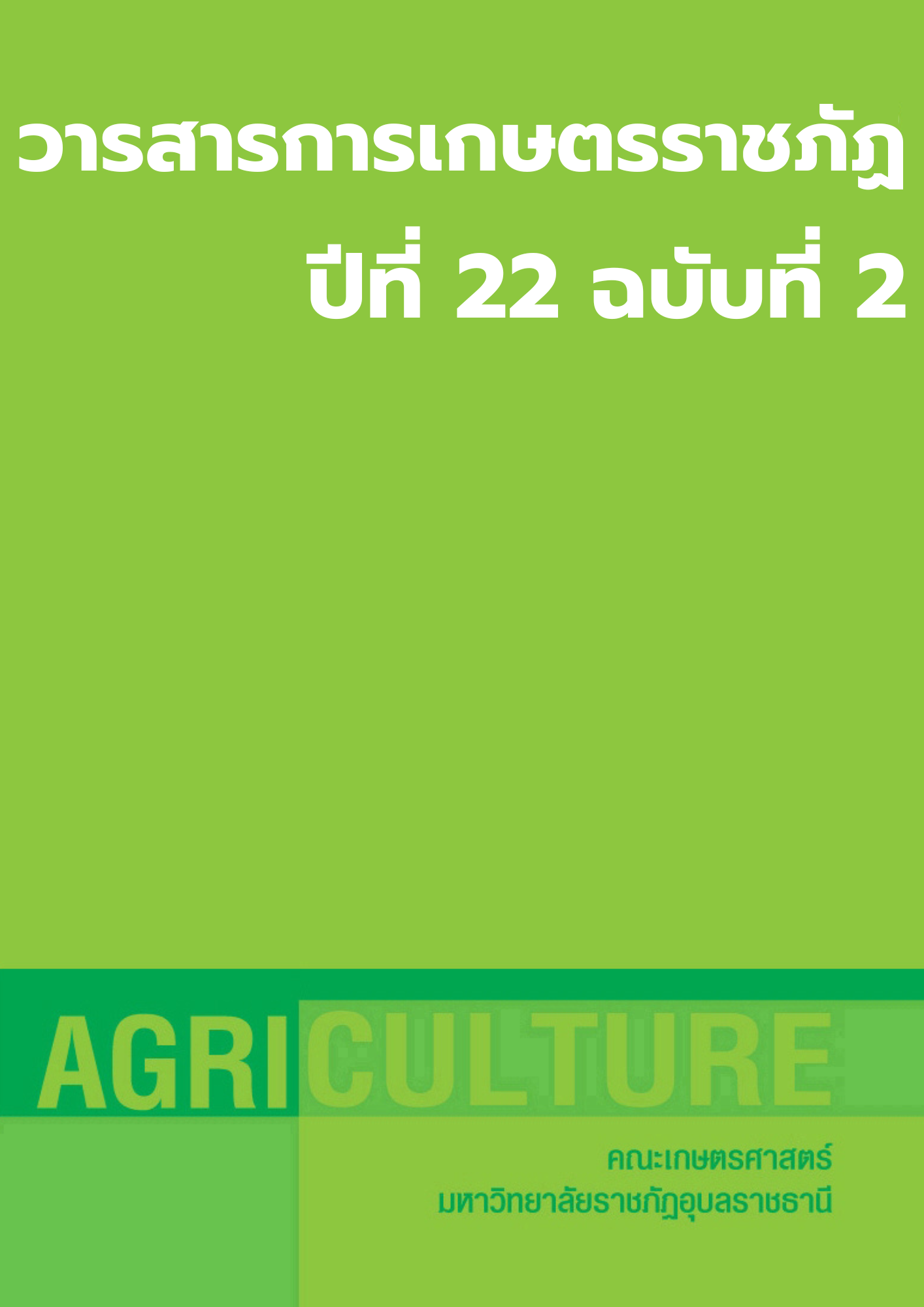Study on the Use of Napier Grass in Tilapia (Oreochromis niloticus) Diet ราชิต เพ็งสีแสง และ สิทธิ กุหลาบทอง
Main Article Content
Abstract
The use of Napier grass for tilapia diet (Oreochromis niloticus) to compare each feed formula's efficiency in tilapia culture was studied. This study used a Completely Randomized Design (CRD) with 4 different feed formula mixing processes, 3 replications, namely Treatment1 : 100% commercial feed, Treatment 2: commercial feed: Napier grass: rice bran: 50%: 30%: 20%, Treatment 3 : commercial feed: Napier grass: rice bran: 30%: 50%: 20% and Treatment4 : commercial feed: Napier grass: rice bran: 0%: 80%: 20%. Tilapia was cultured in 12 cement ponds with a diameter of 0.78 m, a height of 50 cm, with a stock density of 30 fish per pond for12 weeks. Which has the following results: weight: in T1, the average weight of tilapia was 305.5 g. followed by T2, T3, and T4; the formula had weights of 305.2 g, 303.3 g, and 302.8 g, respectively, which were significantly different (p<0.05). The best feed conversion ratio, it found that T1 was 2.57, followed by T3, T2, and T4 were 2.58, 2.59, and 2.59, respectively which were significantly different (p<0.05). In terms of survival rate, it found that T4, tilapia had the highest survival rate of 95.56%, followed by T3, T2, and T1 were 94.44, 92.22 and 91.22 %, respectively, which were significantly different (p<0.05). It found that formula 4 had the lowest cost of 2.28 baht/kg, followed by formula 3, formula 2, and formula 1 at 7.05, 10.23, and 17.50 baht/kg, respectively, which were statistical significance (p<0.05). From the experimental results, Napier grass can be added to the tilapia diet up to 80% and can reduce the cost of raising tilapia.


